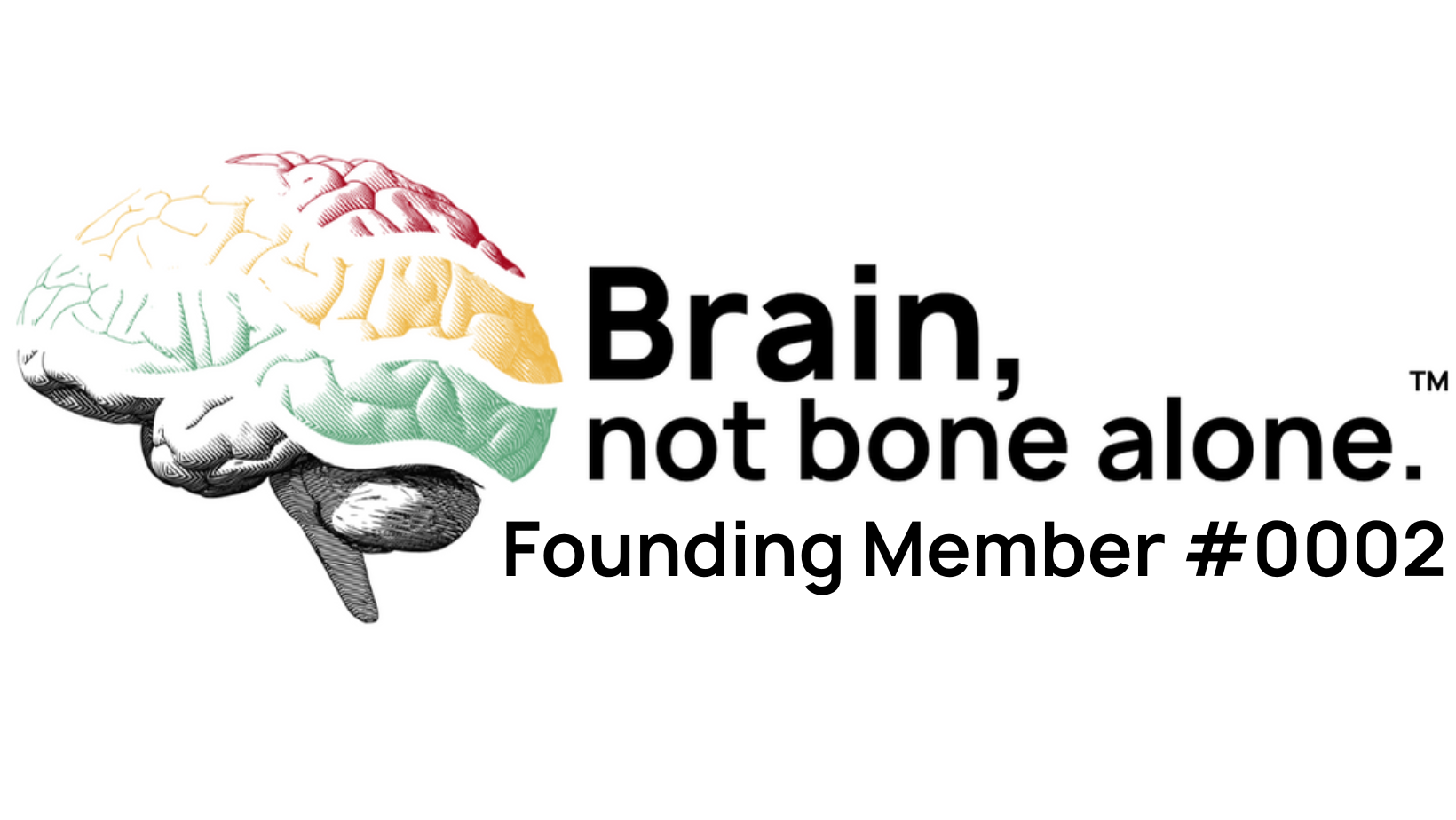Blog

Functional Movement Training
Introduction:
Functional movement training is a holistic approach to fitness that emphasizes exercises mirroring natural body movements. This method not only optimizes calorie burning and engages multiple muscle groups simultaneously but also promotes a lean, fit, and toned physique more effectively than traditional isolated muscle training.

If you're exploring the most effective workout strategies to shed fat, build lean muscle, and achieve a toned figure, you're not alone. Functional movement exercises offer a comprehensive solution by focusing on whole-body movements rather than isolating individual muscles.
The Philosophy: Train Movements, Not Muscles
Functional movement training excels in burning calories, sculpting muscle tone, enhancing coordination, and improving neuromuscular control by engaging multiple muscle groups simultaneously. This approach builds holistic strength and efficiency across your body's natural movement patterns.
According to experts at the Mayo Clinic, functional fitness exercises are designed to train your muscles to work together, simulating common movements you might perform daily at home, work, or during sports. This not only supports core stability but also promotes the natural and efficient movement of the body.
Understanding that muscles function in groups rather than isolation makes it clear why focusing on whole movements rather than single muscles aligns more closely with natural human physiology and daily activities.
Fundamental Movement Patterns
The seven primal movement patterns our bodies use daily are:
Push
Pull
Squat
Hinge
Rotate
Lunge
Gait (running, jogging, walking)
Training with these movements in mind is not only practical for everyday life and athletic performance but also crucial for maintaining mobility and balance through all stages of life.
Limitations of Traditional Strength Training
Traditional, isolated muscle training often leads to restricted motion, muscle imbalances, and potential chronic pain. It fails to mimic real-life movements or strengthen stabilizer muscles, posing obstacles to achieving overall physical fitness.
Advantages of Functional Movement Training
Embracing functional movement training offers a comprehensive path to physical fitness, supporting your goals for a lean, toned body and extending beyond to include:
Lower Injury Risk: By addressing core weakness, muscle imbalances, and enhancing neuromuscular control, functional movement training significantly reduces the risk of common workout injuries.
Enhanced Mental and Physical Performance: Functional training's real-life movement focus improves both flexibility, strength, and cognitive function, offering benefits that transcend gym performance.
Improved Fat Burning: Compound movements in functional training engage more muscle groups simultaneously, leading to higher calorie burn and a leaner physique.
Essential Functional Movement Exercises
Incorporating exercises like squats, jump squats, planks, push-ups, deadlifts, lunges, pull-ups, and the farmer’s walk into your routine engages and strengthens your body in a comprehensive, functional manner, supporting everyday activities and overall fitness.
Creating Your Functional Movement Training Program
Armed with the understanding of why and how to focus on movements over muscles, you're ready to craft a functional movement training regimen tailored to your fitness goals. While starting with the basics is beneficial, integrating a variety of exercises will keep your workouts engaging and effective, laying a foundation for a fitness routine that promotes a lean, toned physique and peak physical condition.

